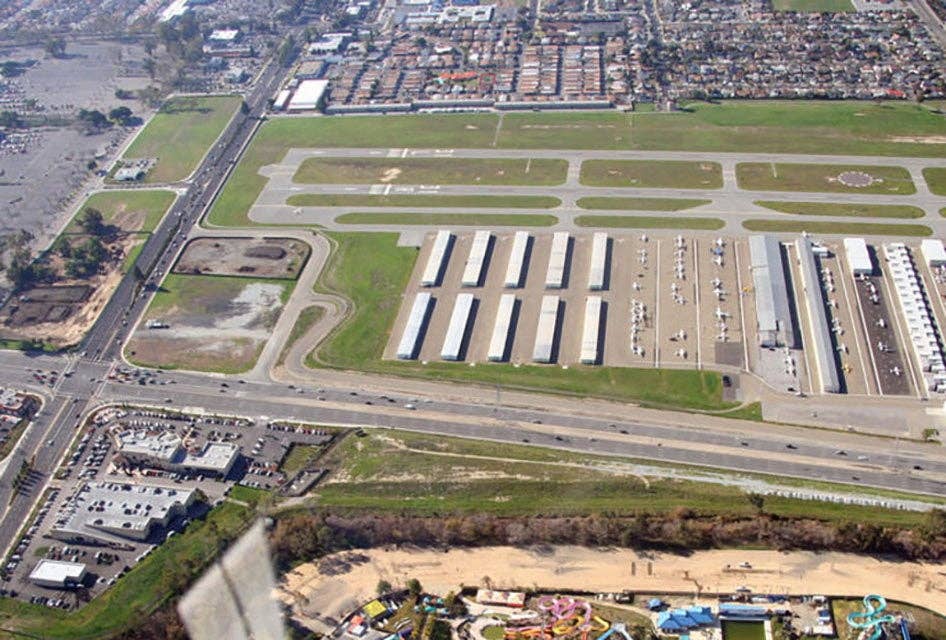Reid-Hillview Airport Launching Sales of G100UL
California airport has received 7,500 gallons of the STC-approved replacement for 100LL.

Reid-Hillview Airport (KRHV) in San Jose, California. [Courtesy: San Jose Convention and Visitor Bureau]
The first retail sale of General Aviation Modifications Inc.'s G100UL unleaded high-octane fuel will likely take place Wednesday at Reid-Hillview Airport (KRHV) in San Jose, California.
The airport, operated by Santa Clara County, received 7,500 gallons of the supplemental type certificate (STC)-approved replacement for 100LL on Monday, and employees loaded it into one of two fuel trucks operated by the county.
GAMI founder George Braly told AVweb the county, which banned leaded fuel sales at the airport last year, will be selling the fuel at prices comparable to other fuels available at the field and in the same range as 100LL at nearby airports. But airport officials were not able to discuss the price of the fuel on Tuesday.
Perhaps as important as the delivery of the fuel was its journey to San Jose. The fuel itself is approved by STC for all engines in certified aircraft on the FAA registry and certification in helicopter airframes is pending. But GAMI does not have a fuel specification through ASTM International, and most fuel distributors refused to transport it because of that.
Braly, who said he didn't know the name of the transport company, said he believed it was a firm that was "interested in being competitive in that (California) marketplace." It took delivery of the fuel at refiner Vitol Aviation's Louisiana plant and drove it to San Jose without incident.
Braly said the series of transactions, culminating with the first retail sale of the fuel at Reid-Hillview, by definition marks the start of "commercial availability" of the fuel. That has legal implications for dozens of California FBOs bound by a deal they struck to end a lawsuit by the Center for Environmental Health 10 years ago. Under the agreement, the FBOs must offer for sale any commercially available fuel that has less lead than 100LL.
Braly said he's aware of at least one other California airport planning to carry the fuel, possibly as early as December 1.
"For many in the aviation community, this arrival signals a welcome milestone toward cleaner skies, healthier communities, and reduced engine maintenance costs for the aircraft owners," GAMI said in a news release.
Editor’s Note: This article first appeared on AVweb.

Sign-up for newsletters & special offers!
Get the latest FLYING stories & special offers delivered directly to your inbox






